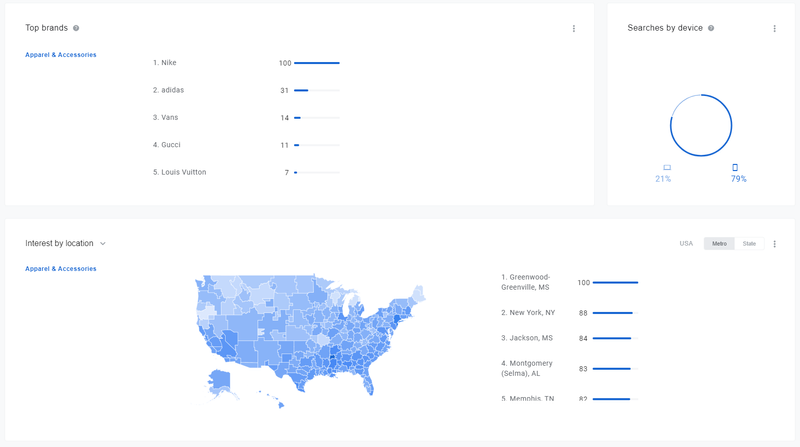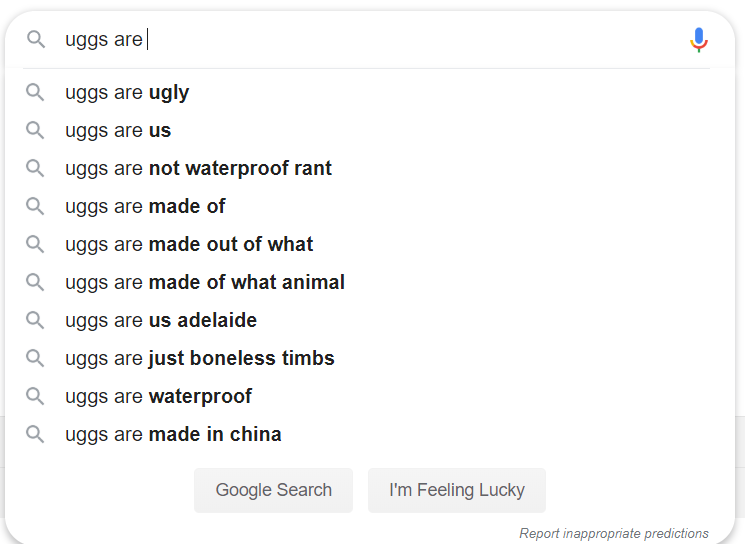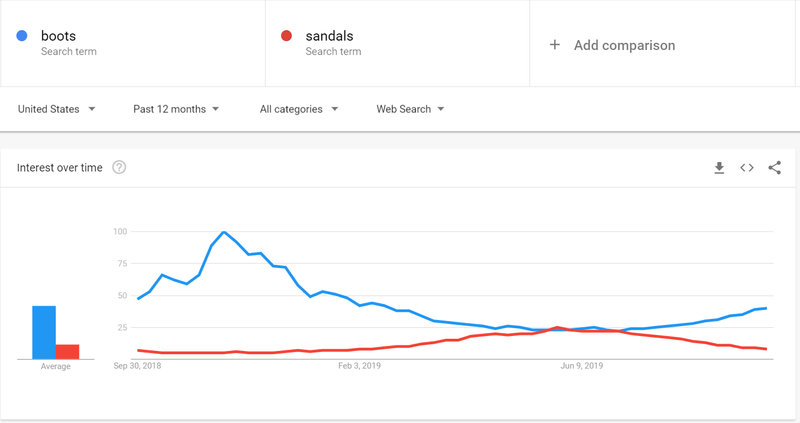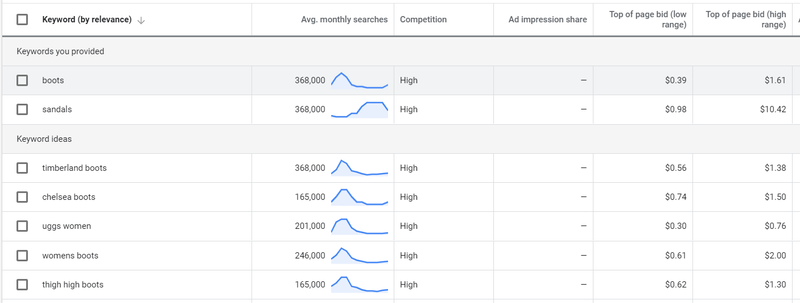You have a fantastic, barrier-breaking product idea and you’re ready to launch it to soaring success in the online marketplace or so you think. But how do you make sure people will actually buy your product? This is where Product Testing comes in.
1. What is product testing?
Product testing is the process of gathering feedback directly from customers or potential customers about a product. The feedback can be through informal conversation, formal surveys, or even indirectly through data about clicks on an online advertisement or traffic to a website.
Product testing can happen both before and after the official launch, all the way from the initial idea stage to the prototype to the finished product. In the beginning, product testing helps businesses to determine the viability of the product.
Moving closer to the launch-ready version, product testing identifies ways to further improve on what’s already been built.
2. Why is product testing important?
Throughout your business planning and especially before you launch, it’s crucial to get an outside perspective on your product. What’s more, you need to get to know the market. Otherwise, your online business may flop, flushing away all your invested time and money.
Although it may seem like a lot of initial effort, planning and seeking out market insights ahead of time will save you a lot of time and money in the long run.
Still on the fence about testing? Take the example of Zappos. Now an online shoe business bringing in more than a billion dollars each year, Zappo’s success was not guaranteed from the beginning. When Nick Swinmurn started the company in 1999, the idea that people could buy shoes online was doubt worthy.
So, Swinmurn decided to test his product idea. Instead of tying up a lot of money in inventory, Swinmurn went to local malls, took pictures of the shoes there, and uploaded the pictures to the Zappos website.
When someone bought a pair of shoes through his website, he returned to the stores to buy them at retail price. This strategy helped Swinmurn prove that people would buy shoes online.
In addition to testing his concept, Swinmurn also studied the market, industry, and competition. He realized that people were already buying shoes from catalogues at rates of $2 billion per year, 5% of all shoe sales. By entering the growing online marketplace, Zappos could attract a large portion of those sales.
The lesson from Zappos is that learning about the market and testing your idea is both essential to get your business off the ground in an efficient and budget-conscious way. Keep reading for tips on how to do market research and ideas to test your own product.
3. How to test a product before launch
Market Research
As you form your business idea, take the time to learn more about the market for your product. In particular, get into the minds of your customers, scope out your competition, and get up to speed on industry trends.
Who are your customers?
You probably have a general idea of your target market, but this is the time to drill down even more.
Google has many resources to help business owners learn more about their markets and customers. You can find many of these tools collected within the Google Consumer Insights page. Check out the tools below:
-
Shopping Insights - Compare trends in shopping categories with search volume, top brands, interest by location, and searches by device.
-
Find my Audience - Find out which customers are the most relevant and valuable to you on Youtube.
-
Think with Google - Find business-related articles and data points about consumer behavior.

Far from being a bad sign, having competition means that your idea has commercial value. The key for you will be to differentiate your business from those that already exist.
To do that, first, understand how your competitors operate and communicate with their customers. Where do your competitors have a visibility online? Do they have their own website or are they mainly active on social media?
If you can find reviews of your competitors, pay close attention to what people are writing, especially negative reviews. Any of your competitors’ shortcomings is an opportunity for you.
Try using Google’s Predictive Search for insights into your competitors and the industry in general. For example, if your product boots, try these searches:
-
Uggs (a competitor brand)
-
Uggs are
-
Boots vs
-
Where to buy boots
-
How much do boots cost
Before pressing enter, Google will return 10 related queries, showing you what people are thinking about as they search.

What are the trends in your industry?
Beyond the profiles of your competitors, continue your market research to find out what’s new in your industry. Search for news articles and visit online forums related to your product.
One way to gain insight into industry trends is through keyword research, where you learn more about the search terms related to your product. To find out more about how people are searching, check out the following tools:
- Google Trends - Compare keywords, view search behavior in different countries and subregions, see interest over time, browse related topics and queries.

- Google Ads Keyword Planner - See average monthly search volume, the amount of competition for keywords, and the range of how much people are paying per click for Google-based search ads. Also compare keywords and get related search term ideas.

- Market Samurai - View keyword traffic, amount of competition, and buying intentions associated with keywords.
Armed with a more specific customer profile, information about your competitors, and an understanding of your industry, you’ll be in a better position to enter the market yourself.
Idea-Based Product Testing
A successful online business starts with a well-thought-out and tested the idea. First, think critically about your idea from your future customers’ perspective.
How will you solve problems and provide value to customers? Be able to describe your idea and value concisely. Then, try out the strategies below to hone your idea even more.
Talk to People
It sounds simple, but you need to talk to other people about your idea. To make your idea the best it can be, you need an outside perspective. Run it by friends, family, and acquaintances first in informal chats. You can even send a brief written summary by email, if applicable.
If you can talk to people within your target market, the people you think are the most likely to buy your product. If you have the resources, you could try gathering a focus group, a group of people within your target market who can provide verbal feedback about your product.
Make sure to ask this key question: “If this product were available today, would you buy it?”
You might be surprised how many people are willing to put in their two cents and the new insights they provide. You could even get an idea for an entirely new product!
Running short on people to talk to? Venture online and try conducting a survey. You can spread your survey via social media. Ask your friends to share it so that you can reach a wider audience.
Count the Clicks
In addition to talking to people, use digital data to get even more feedback. You don’t even need to have your product ready yet–you just need to start with an online presence.
Set up a simple website that describes your product. Then, share it on social media. Count the clicks using Google Analytics or another free tool such as Quantcast. In addition to seeing how much traffic comes to your website, you’ll also be able to learn more about who is interested in your product.
Quantcast analyzes traffic to your website or app and provides demographic data about your audience and information about their interests.
Going further, you can even run social media and Google search ads that direct people to your website. Again, you’ll be able to monitor the clicks and see how much traction your idea is getting.
While ads come with benefits such as reaching a wider audience and the ability to control how much you can or want to invest, be aware that you will need to know how to set up a PPC campaign.
Even though you don’t have your product ready yet, take emails to be notified when the product is available or take pre-orders. You can encourage people to pre-order by making special offers.
Are people visiting your website, clicking on your ads, and submitting their emails? If yes, that’s a good indication that your idea has a good chance to succeed in the marketplace. If not, analyze the results of your efforts and reconsider your product.

Prototype-Based Product Testing
Now that you’re pretty sure you have a killer idea and you’ve done your homework on the market, you’re ready for product testing. By collecting feedback from potential customers, product testing enables you to hone your idea, create different versions of your product, and decide which version is best.
In contrast to the idea stage, by this time you have a prototype of your product. If your product is digital, then you have a beta version of your app or website.
Next, invite people to try out your product. Be selective when choosing who you want to try the prototype or participate in your beta test. Ideally, this group should be from your target audience. If they like your product, they can recommend it to others in the future.
Then, conduct post-use surveys. Be sure to ask your test group their opinions on how the product works, what they think of the design, and their other feelings about the product.
Market Testing
The last stage prior to full launch is market testing. Although related to product testing, market testing–also known as soft launch–is not the same. Product testing involves asking people about your product.
Market testing is when you launch your product in a limited area for a set period of time. With market testing, you can learn how the product actually performed in sales.
Your market test should involve the core aspect of your product. A more complete version or additional features can come later.
Although you are not getting direct feedback about specific aspects of your product to improve, you may notice that your product is performing better or worse than you expected. This information will help you to improve both your product and your marketing strategy.
Conclusion
No matter how awesome your idea is, it needs polishing. Be sure to test both your idea and your actual product, continually using the information you gather to improve your business. You’ll be glad when the extra effort you dedicated, in the beginning, pays off as your business takes off!





